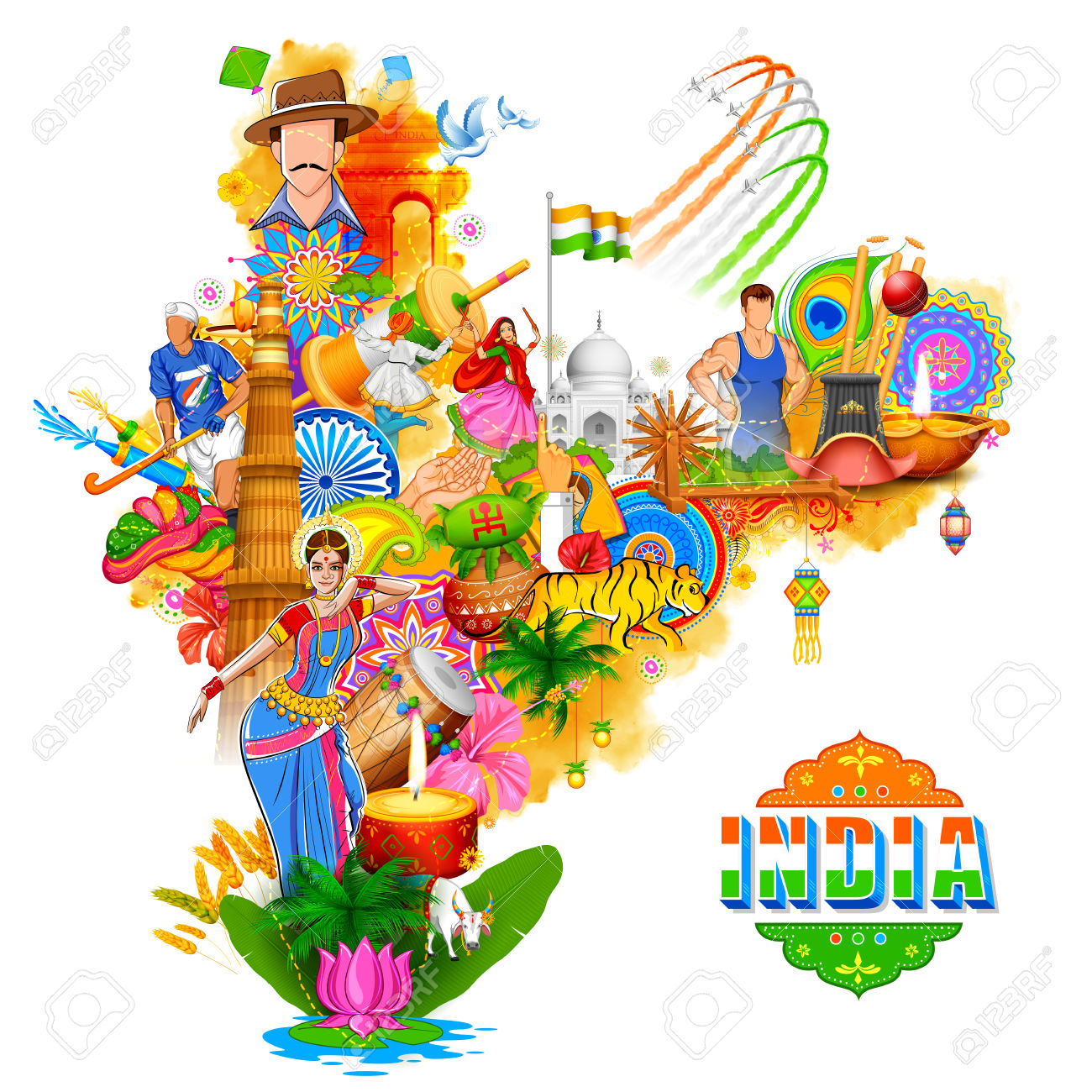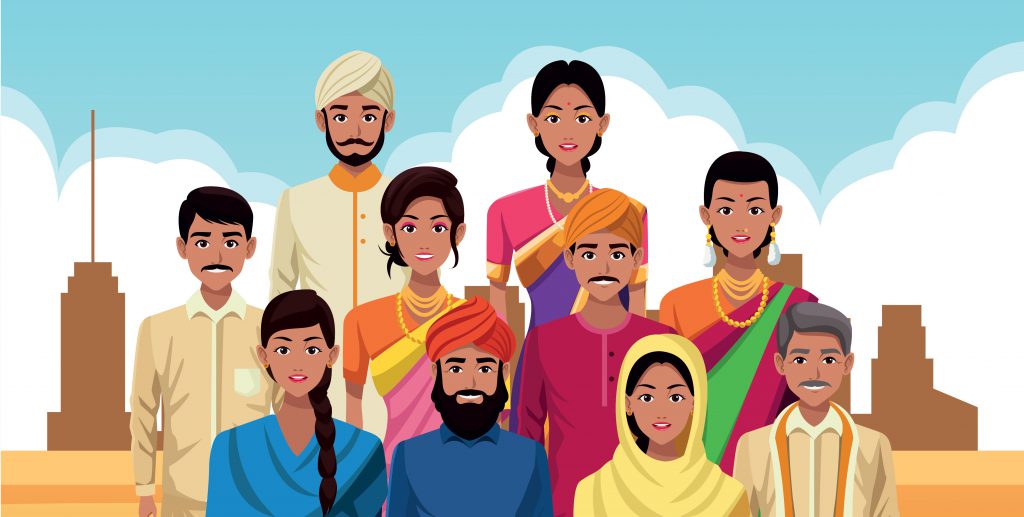February Activity – Pride in India
EXPECTED OUTCOMES
- Students will be able to think about the uniqueness of their country as compared to the other countries.
- Students will acquire knowledge about diversity in India.
- Students will be aware of different areas where they should feel proud as an Indian Citizen.
- Students will be able to creatively display their own feelings about India.
SESSIONS’ OVERVIEW
| S. No. | Session Details | Estimated Time Required |
| 1 | Step 1- Introduction
Step 2 - Group work Step 3- Debrief Step 4- Reflection sheet and Feedback form |
45 minutes
approximately |
MATERIAL REQUIRED
Chart paper/ Blank sheet of paper
STEPS OF THE ACTIVITY
Step 1 – Introduction
In today’s session we will know more about the uniqueness of our country as compared to the other countries. It will give us a sense of pride as Indian Citizens.
Let us begin with the activity-
Step 2 – Group Work
a. Divide the students into 4-5 groups to begin the activity. Ask the students to sit in their own groups. If the class size is large, you can divide into more number of groups ensuring 6-8 students per group.
b. Display the Information sheet “Pride in India” to the groups. They will discuss and decide the themes and present information captured by them in a story form. Refer information sheet given in the annexure.
c. Ask them to select any 2-3 themes/matters/moments/things from the given information sheet, where they feel proud to be an Indian citizen and what is unique in India as compared to the other countries in the world. It can be food, culture, clothes, family, freedom, cricket, national song, dance, Bollywood, or anything. (Students can take themes other than the ones given with approval by the teacher) Example: India is the world’s biggest democracy.
d. The Groups can select one each from the given set of themes from the information sheet. One theme from points 1 to 6; One theme from points 7 to 12; One theme from points 13 to 19.
e. Each group needs to present, on a sheet of paper, key information collected from the information sheet in the form of a simple story. The story can comprise of 15-20 sentences.
f. Ask students to keep in mind that story should have a beginning that introduces the themes and characters of story, a middle part that describes more the elements of themes highlighting India’s rich heritage and an end that summarizes why the characters feel the pride in India/to be Indian.
g. After creating the stories at school in the given session the students can display their stories on the class/school notice board for other students to see.
h. (optional) If time permits, students can have story narrations during recess/break time.
Note:
- You can use fictional characters as a part of the narrative but the facts about India mentioned in the story should be intact.
- The story should have a Beginning- middle(facts)- End (how you are proud as an Indian).
Reference video links:
Step 3: Debrief
After the story creation, teachers are requested to do a debrief session with all students with questions like-
- What are your reasons to feel proud as an Indian?
- How was your experience of working in a group?
- How many new things about India did you learn from this activity?
- Anything other than the themes covered this activity if anyone wants to mention?
- What aspects of an alert, informed, and active citizen are covered through this activity according to you?
Step 4:
Reflection Sheets & Feedback Form
Teachers to kindly fill in the feedback form and remind students also to fill up the reflection sheets.
DISPLAY SECTION
Information Sheet – Pride in India
1. Universal Adult Suffrage at the time of independence:


India embraced universal adult suffrage at the time of its independence. This basically means in our democracy every adult irrespective of gender, religion, race, caste, class, creed etc. has the right to vote and participate in democratic processes. Political equality of all its citizens is a building block for India’s democracy. In European countries as well as the USA, women and/or people of color have had to protest the majority power to gain equal rights, including the right to vote, as citizens within a democracy. However, India gave equal rights to all its citizens at the time of its inception as an independent democracy. Closer to home, in Asia, South Korea, and Taiwan embraced universal-franchise democracy only in the late 1980s and the mid-1990s, two decades after their economic upturn began. Even South Africa, another country categorically close to ours because of its diversity of culture, language etc, had been mired in apartheid, which meant segregation and different set of laws for its citizens based on their race, since its independence from colonial power till the 90s.
Pic source - https://media.istockphoto.com/photos/ballot-box-casting-vote-election-picture-id1134007946?k=6&m=1134007946&s=612x612&w=0&h=XhpmjBi63a8eGJacTY85G-DoqEpyfqRzL5xWhLikKyY=
2. Independent Judiciary:


The Indian constitution has the provision for an independent judiciary. The three arms of the Indian governance, namely executive, legislative and judiciary can and should function independently. An independent judiciary, especially, speaks of the nation’s commitment toward securing human rights.
Pic source - https://i.ytimg.com/vi/Y1MPIqXR-X8/hqdefault.jpg
3. Constitution:
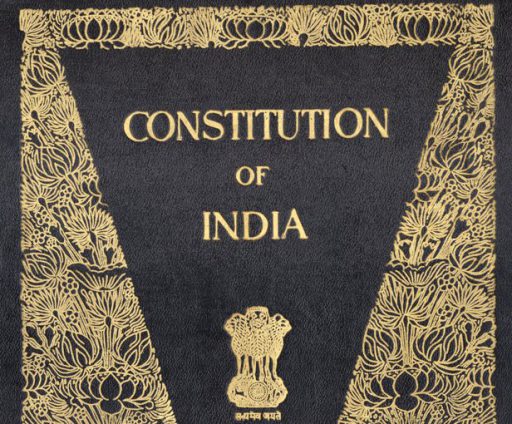

The Constitution of India came into force in the year 1950 and it is the longest written Constitution of the World. Indian Constitution is considered as the Supreme law of the land and contains 448 articles divided into 22 parts with 12 Schedules. It has been amended 97 times and it declares India as a sovereign, socialist, secular, democratic, republic, guaranteeing its citizens’ equality, justice, and liberty as well as promoting fraternity among all. The part of III of the Constitution contains the fundamental rights guaranteed to its citizens, part IV contains the Directive Principles of State Policy, part V contains the Fundamental duties of the citizens, etc. The Constitution of India has elements of various Constitutions of the world.
Pic Source - https://blog.ipleaders.in/golden-triangle-indian-constitution/
4. Largest Democracy:
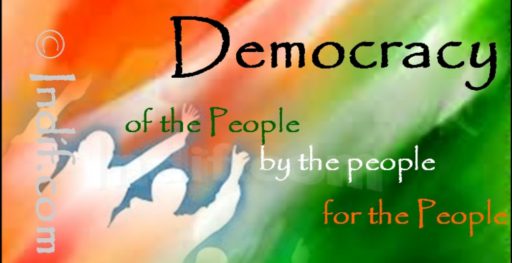

India is the world’s largest democracy. The Indian Constitution, which is considered as the supreme law of the land that declares India as a sovereign, secular, and democratic republic country. It guarantees all its citizens, justice, equality, and liberty as well as promotes fraternity among them. The Constitution gives the power to its citizen to elect the Government along with the right to remove them from power as well.
Pic source - https://blog.forumias.com/wp-content/uploads/2017/09/democracy_-india728X410.jpg
5. Unity in Diversity:


The nation boasts of unity in diversity. It is the only nation with endless diversities and yet remains united as one Nation i.e., India. Unity in diversity is the uniqueness of India and has 6 major religions, over 1600 languages, 28 states with their unique culture, diverse geographical topography that includes snow-capped mountains, deserts, beaches, plain land etc. and with all the diversities, it has just one name India. No diversities have ever become a hurdle for the nation to remain united and this is why India is known as a nation of “Unity in Diversity.”
Pic source - https://www.askideas.com/india-is-about-unity-in-diversity-happy-republic-day-indian-people-of-different-regions/
6. Secularism:
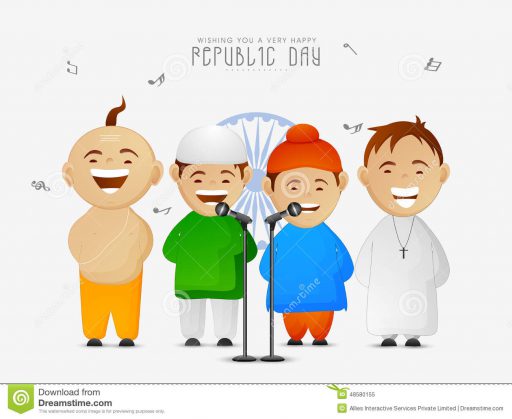

India is the only nation that has so many religions and every religion is respected equally. India has been also declared as a Secular nation by the Indian Constitution. This Secularism is what makes India unique from other nations. It is only in India that every religion is given equal status, respect, and importance and it is the only nation where we can find temples and mosques situated next to each other.
7. Sports:


Chess was invented in India. The Indian national Kabaddi team has won all world cups. Although not the national game, cricket has made India famous in the World and has brought in glory and recognition to India. Martial arts were first created in India.
Pic Source - https://www.sportskeeda.com/sports/sports-capitals-of-india
8. Education:
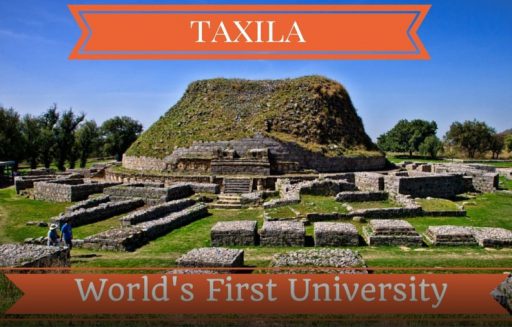

The Pythagorean Theorem was first explained by an Indian and he was the one to find the value of pi. India has immensely contributed to the field of Mathematics and India is the land that invented the number zero, without which calculation is impossible. Algebra, Trigonometry, and Calculus are studies, which originated in India. The Takshila University is the World’s oldest University, which was established in 700 B.C., was in India. India has some of the best educational institutes in the World and the IITs and IIMs are considered to be the best in the world.
Pic source - http://www.mysteryofindia.com/2014/09/takshashila-worlds-oldest-university.html
9. Art and culture:
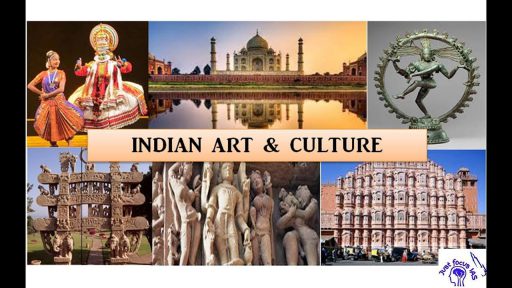

India has one of the oldest, richest, and diverse cultures in the World and this culture makes India a unique nation. Indian culture is formed by its age-old history, distinct geography, varied demographics and the blend of customs, traditions, and ideas from its ancient heritages, which were formed during the Indus Valley Civilization and developed more during the Vedic period, rise, and decline of Buddhism, Golden era, Muslim conquests, and European colonization. India’s great diversity of religious practices, languages, customs, and traditions are examples of this unique merger over-ages. India is the only nation in the World that stages several cultures which are unique in themselves. The greatest number of movies are made in India, over 1000 each year. India's Kumbh Mela is the largest in the world. It is also visible from the space.
Pic source - http://www.nailedupsc.com/download-art-culture-notes-nitin-singhania-free/
10. Language:
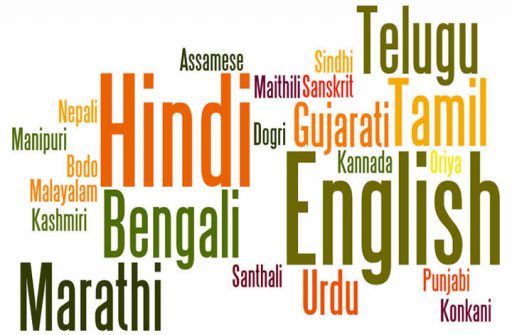

The mother of all languages, Sanskrit has originated in India. It is the most ancient language of human civilization in the world. It is not only the mother of Indian languages but also the mother of all European languages. The word mother, which is an English word, is derived from the Sanskrit word Matra, similarly, the word brother is also derived from Sanskrit. Not only English but the whole German language is based on Sanskrit. This is a reason to feel proud of our motherland. India has the second largest English-speaking population in the world.
Pic source - https://worldliterate.com/wp-content/uploads/2018/07/indian-languages-list.jpg
11. Science and Technology:
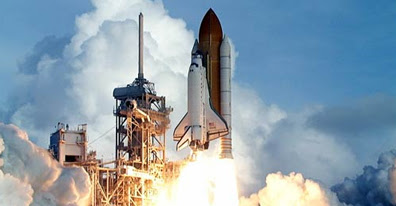

Besides the US and Japan, India is the only country in the world to have indigenously built a super - computer and India exports software to 90 countries. The 2nd largest number of scientists and engineers in the world, are in India.
Pic source - https://syskool.com/indias-progress-in-science-technology/
12. Space:


India started to dabble in the matters of Space in the early 1960s. Afterwards, in 1969, for the purpose of rapid and satisfactory development of space technology and its application, the Indian Space Research Organization (ISRO) was set up. ISRO is currently headquartered in Bengaluru. India launched its first satellite, Aryabhata in 1975 thereby making its mark in the space age. Over the last four and half decades, the Indian space program has made tremendous progress through various well integrated and self-reliant space projects.
On November 5, 2013, ISRO launched its first interplanetary space probe the Mars Orbiter Mission (MOM). This particular mission has also been termed Mangalyaan. Mangalyaan has been orbiting Mars since 24th September 2014. Through this project, ISRO became the fourth space agency in the world to reach Mars. India is the first nation in Asia to have reached Mars. India is also the only country to have successfully launched a Mars orbiting Satellite in its first attempt. What is even more interesting that Mangalyaan is the least expensive Mars Mission in the world? India did it at a cost that is only a fraction of what other countries before India have paid for similar missions. It’s low cost, it’s success at the very first attempt, the home-grown technologies used, and the dedication of the Indian scientists made the world take notice of ISRO and made India a part of an elite group of nations contributing to our knowledge of Space.
Pic source - http://blog.majorkalshiclasses.com/isro-a-journey-of-monumental-achievements/
13. History:
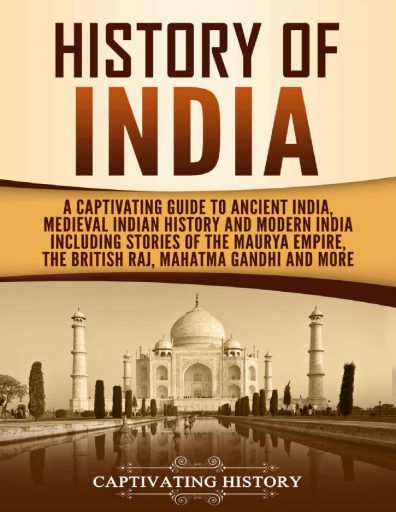

The history of India dates to several thousands of years. India is the adobe of the oldest civilization of the World, the Indus Valley civilization. The nation is the origin of Hinduism, Buddhism, Jainism, and Sikhism. India never invaded any country in her last 10000 years of history. Until 1896, India was the only source of diamonds in the world. India has the largest number of post offices in the world.
Pic source - https://1.bp.blogspot.com/-yf7VyPRxTTU/XqVpmvd55eI/AAAAAAAABGo/WGzEwLn7Z-MeQe2FWqx8kIV1iviX9Wb3wCNcBGAsYHQ/s1600/photo_2020-04-25_18-56-16.jpg
14. Indian Cuisine:
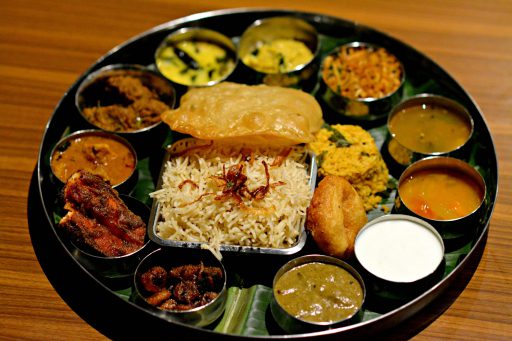

Indian cuisine is coveted and loved all over the world. Indian cuisine is known for its richness and use of various spices, which makes it distinct from the cuisines of rest of the nations. Indian delicacies are diverse and every state, rather every region has their own specialties and Indian cuisine is popular for practicing vegetarianism which is another distinct feature of the land.
Pic source - https://imgmedia.lbb.in/media/2019/08/5d662c8ea84656a7661be92a_1566977166741.jpg
15. Indian Armed Forces:


Indian Armed forces rank 4th in the world, and it is among the premium organizations of India, which includes the Indian Army, Indian Navy, Indian Air Force as well as Para Military Forces. It has more than 1 million people, who toil day and night to safeguard the nation from alien forces. It is one of the most prominent institutions that is secular in the true sense as people from various ethnicities, culture, and religion work together in safeguarding the nation. It has made us proud every time with their work and sacrifices for the nation.
Pic source - https://www.fotolia.com/id/163504236
16. Yoga:


Yoga, which is now recognized worldwide originated in India. It is a great healer of several diseases and helps people remain fit. It is a great stress buster and relives people from the stress of day-to-day life and helps people to rejuvenate. Yoga is innate in Indian culture and its existence dates back to several thousands of years and it is still relevant.
Pic source - https://th.bing.com/th/id/OIP.PZbcNObkZpC-1fJYN9RkmgHaFh?pid=ImgDet&rs=1
17. Indus Valley Civilization:
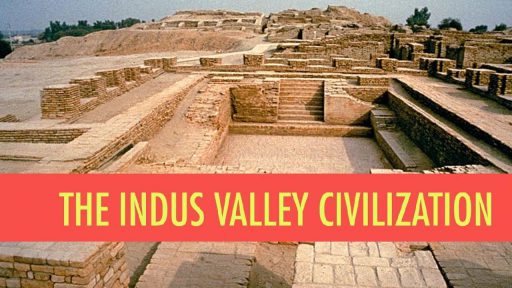

Indus Valley Civilization is considered as the oldest and the first human civilization of the World and this civilization was in the land of India.
Pic source - https://cdn.shortpixel.ai/client/q_lossy,ret_img,w_1280,h_720/https://www.myancientindia.com/wp-content/uploads/2019/11/Indus-Valley-Civilization-2.jpg
18. Transport:


The world's second largest road network is present in India - over 1.9 million miles of roads cover the country. The largest employer in India is the India Railways, employing over a million people.
Pic source - https://www.indiatvnews.com/news/india/at-a-glance-5-longest-national-highways-of-india-44947.html
19. Ayurveda:
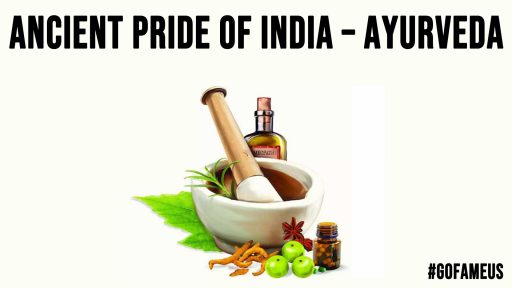

The Ayurveda is a 5000-year-old art of healing from India. It is the oldest recorded traditional system of medicine which is still practiced and lived today.
Pic source- https://www.gofameus.com/wp-content/uploads/2021/02/Ancient-Pride-of-India-Ayurveda.jpg


